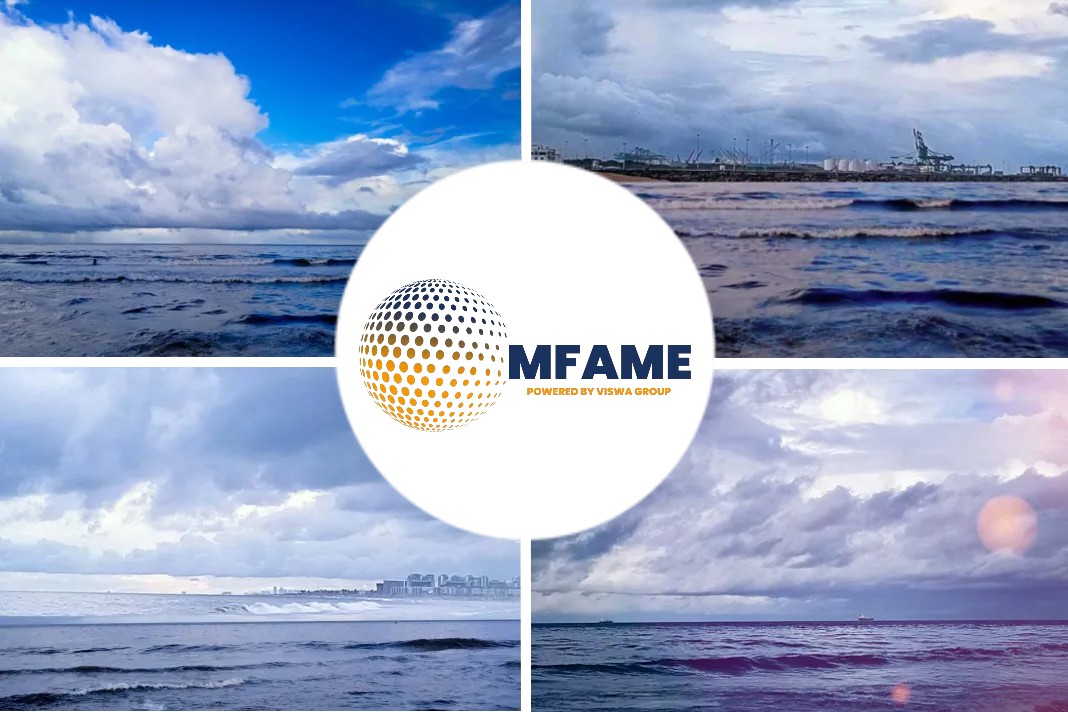- Port of Rotterdam’s entire 42-square kilometre site will be outfitted with a vast network of hydro/meteo sensors.
- The port will handle more than 461 million tons of cargo and more than 140,000 vessels every year.
- Prediction models will be obtained from the country’s water management body Rijkswaterstaat and astronomical calculations.
- The resulting analysis can contribute to reduced waiting times, and optimization of berthing, loading & unloading, and departure times – and save US$80K in savings.
According to TechHQ, the Port of Rotterdam has launched an Internet of Things (IoT) platform to improve both the safety and efficiency of shipping planning and management.
Smart infrastructure
It could also provide the ‘smart’ infrastructure required for autonomous shipping in the future.
The multi-year collaboration with computing giant IBM will see the port’s entire 42-square kilometre site outfitted with a vast network of hydro/meteo sensors, which will provide up-to-date water (hydro) and weather (meteo) data.
A centralized dashboard will collect and analyze information received by the sensors, and enable “a new wave” of safer and more efficient traffic management at the port. Paul Smits, Chief Financial Officer of the Port of Rotterdam Authority said, “Here in Rotterdam, we are taking action to become the smartest port in the world”.
Increase speed and efficiency
He further added, “Speed and efficiency are essential to our business and requires us to use all of the data available to us. Thanks to real-time information about infrastructure, water, air, etc., we can enormously improve the service we provide to everyone who uses the port and prepare to embrace the connected, autonomous shipping of the future.”
Rotterdam is the largest port in Europe, handling more than 461 million tons of cargo and more than 140,000 vessels every year.
The deployment of IoT will allow port authorities to move away from a reliance on traditional radar and communication methods between pilots, terminal operators and more to make key decisions on port operations.
Fusion of sensors
A combination of 44 sensors— “spanning from the City of Rotterdam into the North Sea – along with the Port’s quay walls, mooring posts and roads”— will provide a real-time data feed of tide height, tide stream, salinity, wind speed, wind direction, and visibility data.
The system also obtains prediction models, data from the country’s water management body Rijkswaterstaat and astronomical calculations— the resulting analysis can contribute to reduced waiting times, and optimization of berthing, loading & unloading, and departure times.
The technology can forecast, for example, when is the optimum time for a ship to depart, based on water conditions, while ensuring maximum loads, while Port of Rotterdam operators will be able to view the operations of all the different parties at the same time
With the new initiative, shipping companies could save up to one hour in berthing time, which can amount to about US$80K in savings.
Did you subscribe to our daily newsletter?
It’s Free! Click here to Subscribe!
Source: TechHQ


















These ships will then go to some least developed ports where they will employ same age old seamanship.So these advances in one port are of no help to the ship’s staff